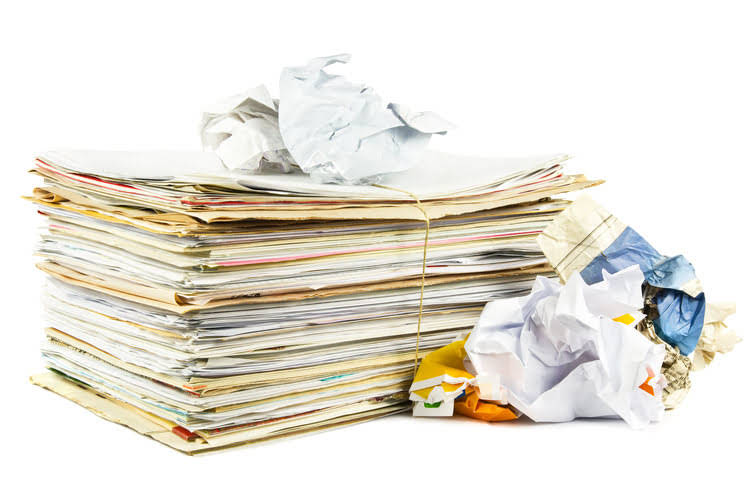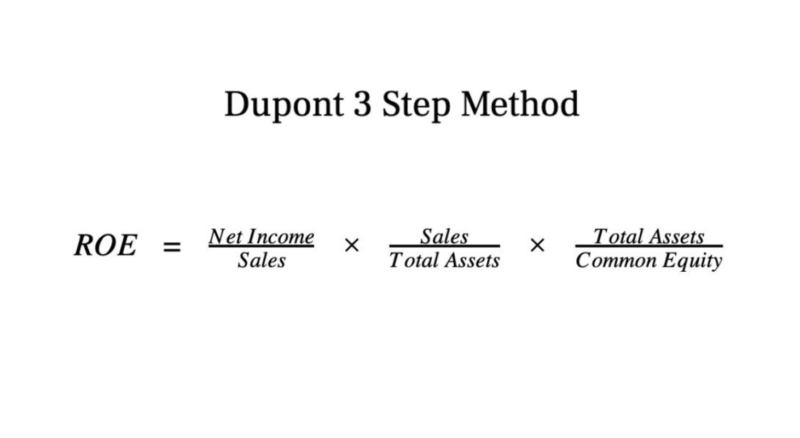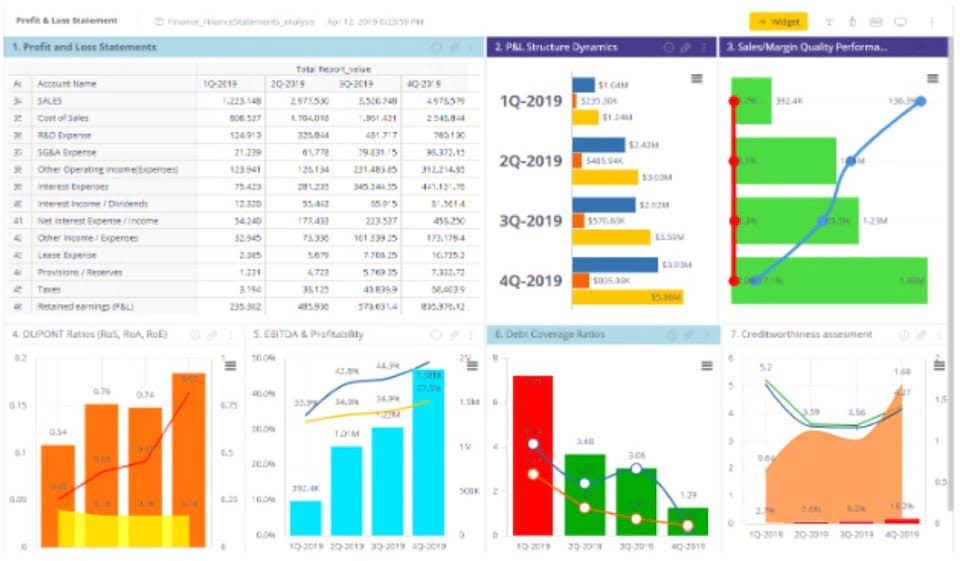Always Fresh Biker Discount News And Promotions

Resolution may include invoice correction, PO amendment, or Goods Receipt adjustment. Effective exception resolution ensures payment accuracy and good vendor relations. During matching, any differences between the invoice, PO, and Goods Receipt are identified as discrepancies. These can real estate cash flow include price or quantity mismatches, unordered items, or calculation errors. Discrepancy identification is crucial for catching potential payment errors before they occur.

AP staff members transition from routine matching tasks to focus on exception handling, vendor management, and company expense cards oversight. Real-time visibility into invoice status enables proactive issue management and data-driven decision-making. These improvements lead to enhanced supplier satisfaction through consistent, accurate payments and faster issue resolution. 4-way matching is the most comprehensive form of invoice matching, typically used in industries where quality control is paramount. This process involves an additional step on top of 3-way matching and goes beyond confirming that the invoice matching right quantity of goods was delivered at the agreed price. It also ensures that the delivered goods meet the required quality standards.
Collectively, these challenges significantly affect the efficiency cash flow and effectiveness of the invoice matching process. Three-way matching adds goods receipt verification to the process, comparing purchase orders, invoices, and receiving documentation. This method ensures that ordered items are actually delivered before payment processing.


2-way matching is particularly beneficial in smaller operations where procurement processes are less complex, and the risk of significant discrepancies is lower. If the comparison reveals no discrepancies or errors between the PO and the invoice, the invoice is deemed ready for payment approval. This type of matching is especially suitable for businesses with straightforward transactions and a limited number of suppliers.

These steps all help ensure payment accuracy, reduce errors, and provide a crucial control mechanism in the accounts payable workflow. Invoice matching is used when a vendor invoice is preceded by a purchase order (PO) from the buying organization. This means that the buyer has created a purchase requisition stating the goods or services needed, quantity, vendor and contracted price. Once the purchase requisition is approved, a purchase order is generated and sent to the vendor. Upon delivery of the goods or services, the buyer often needs to register a goods receipt in the ERP or procurement system.
It checks line items in real time, flagging any mismatches beyond acceptable thresholds. After capture, the next step is to check that the data is correct and complete. This means ensuring that the vendor is approved, the PO number matches records, and the amounts and item descriptions are accurate. This Rillion guide explores its ins and outs, how to set it up, and why automation is becoming a must-have for modern AP teams.

Invoice matching is the process of verifying that an invoice received from a vendor matches the related purchase order and goods receipt. This task is crucial because it ensures that businesses pay only for what they have received and agreed to in terms of pricing, quantity, and quality. Without efficient invoice matching processes in place, organizations risk making incorrect payments or overpaying vendors.
23 November 2025
23 November 2025
Leave Comment